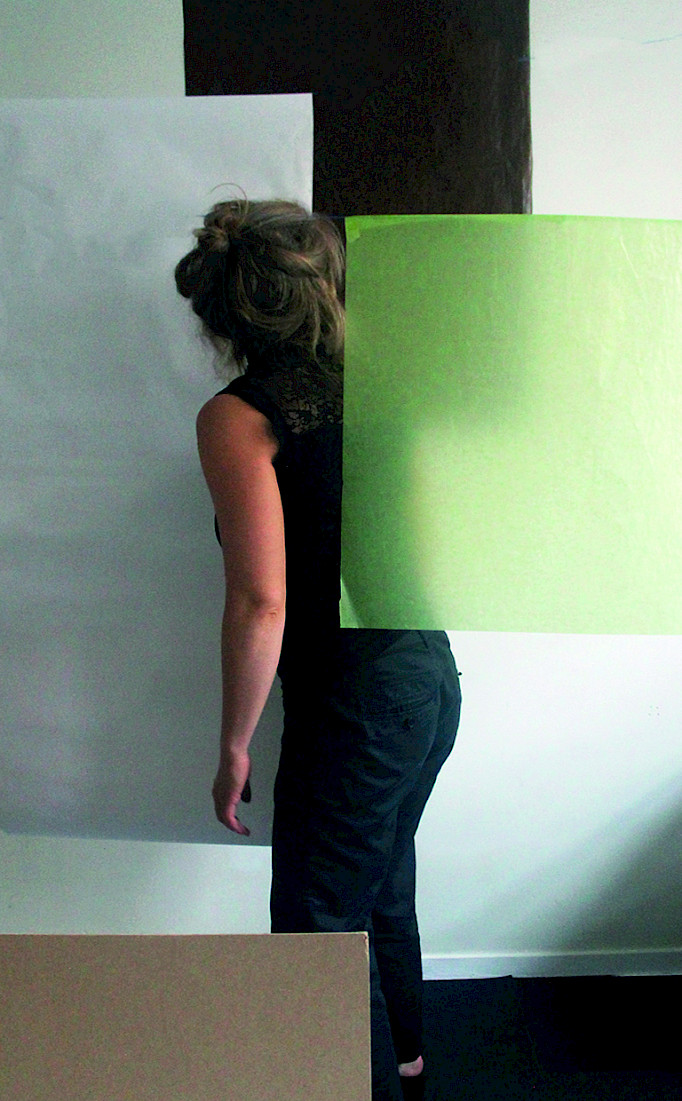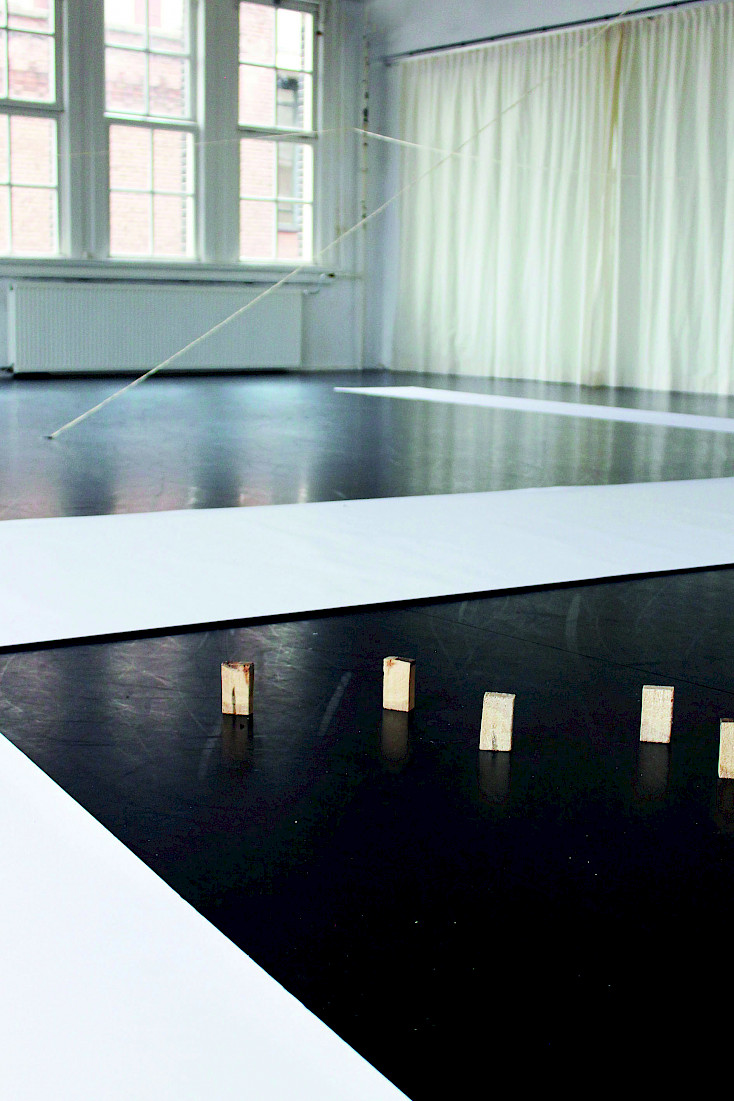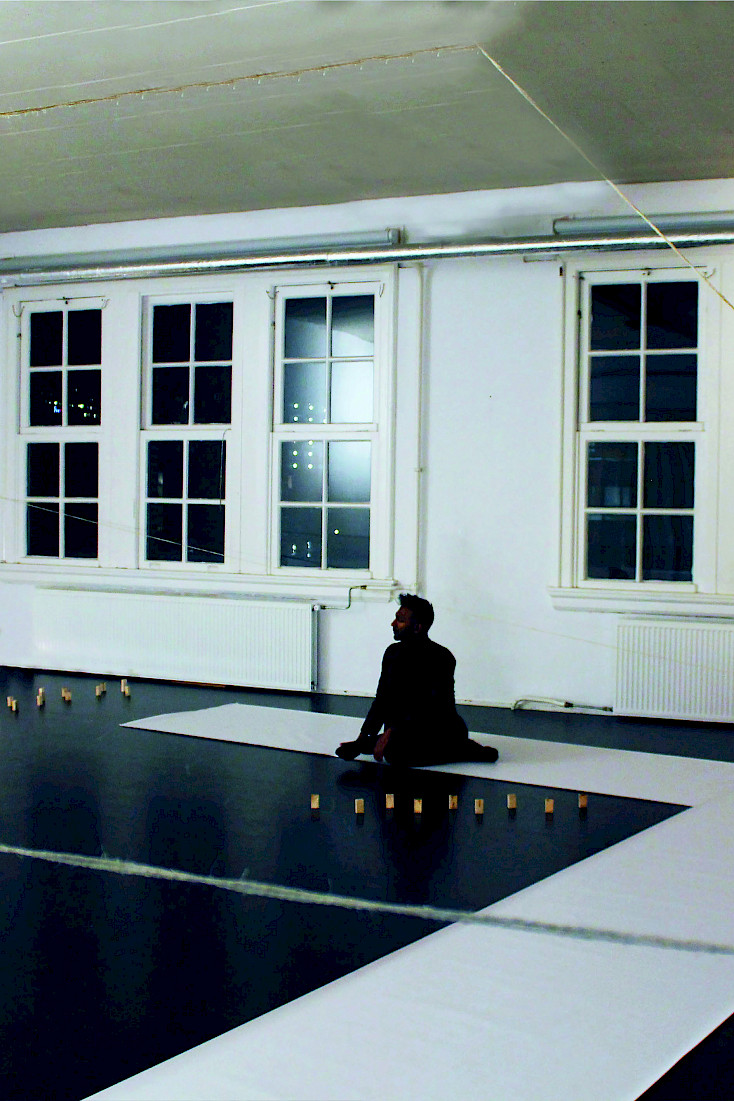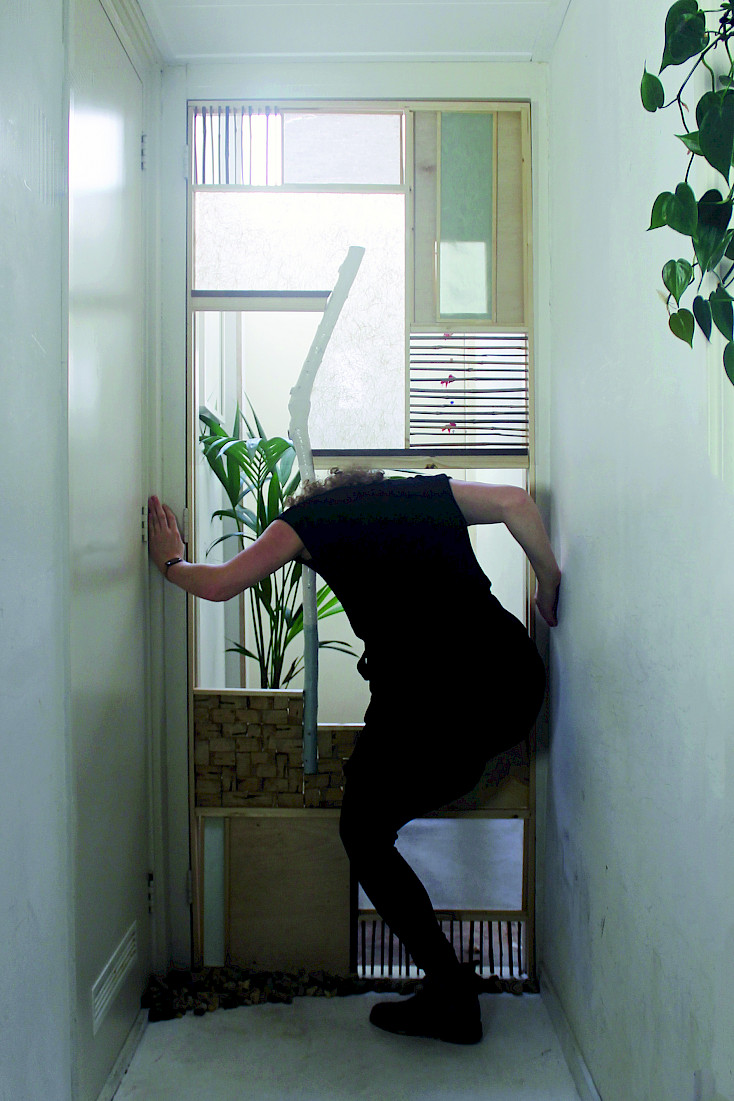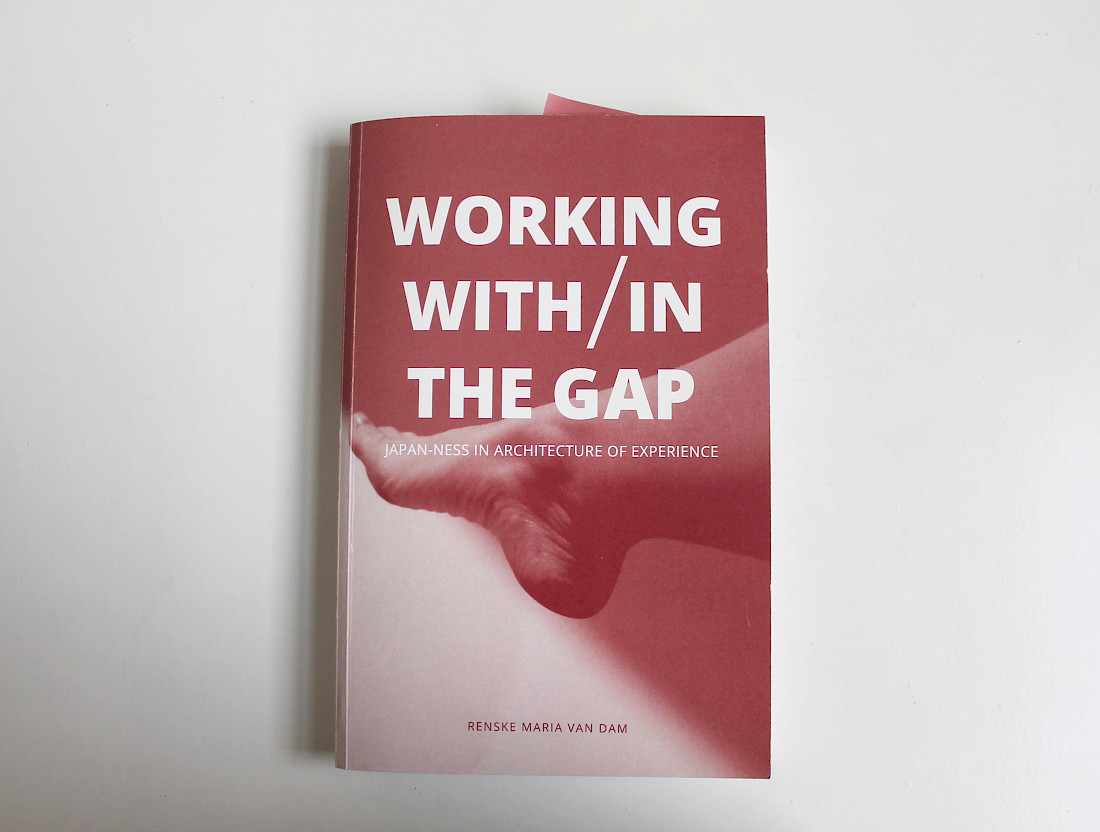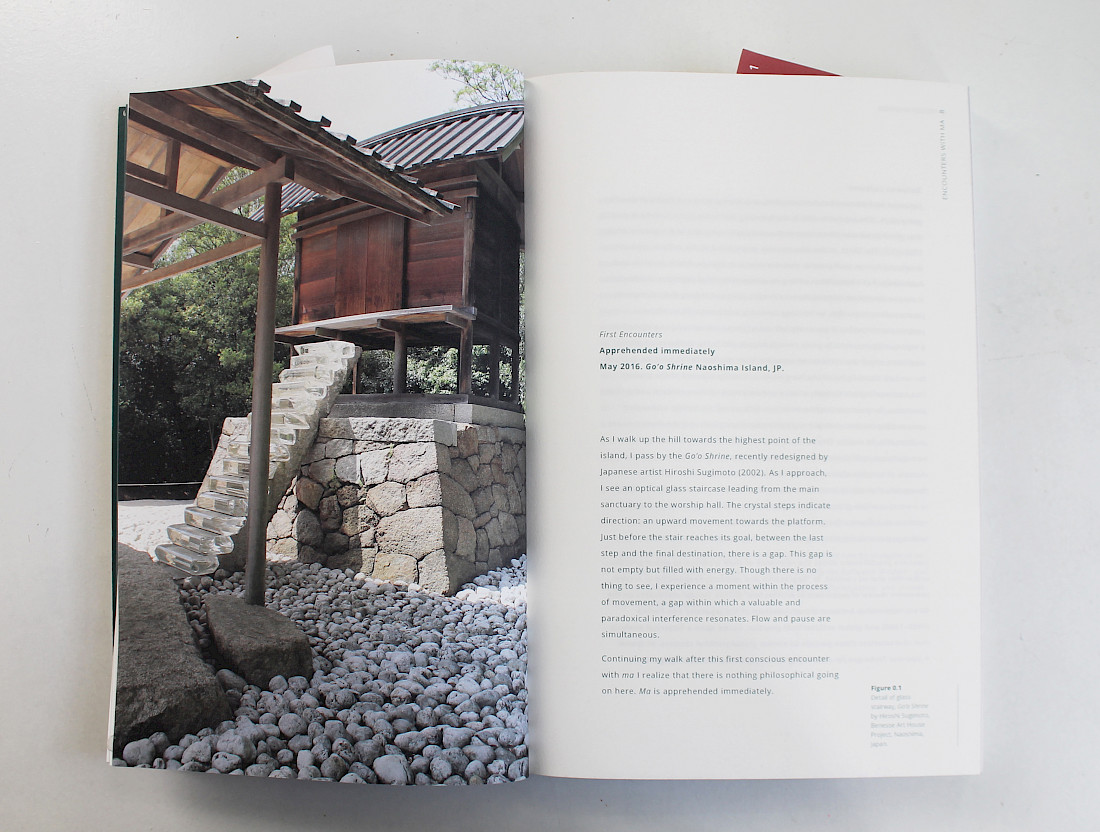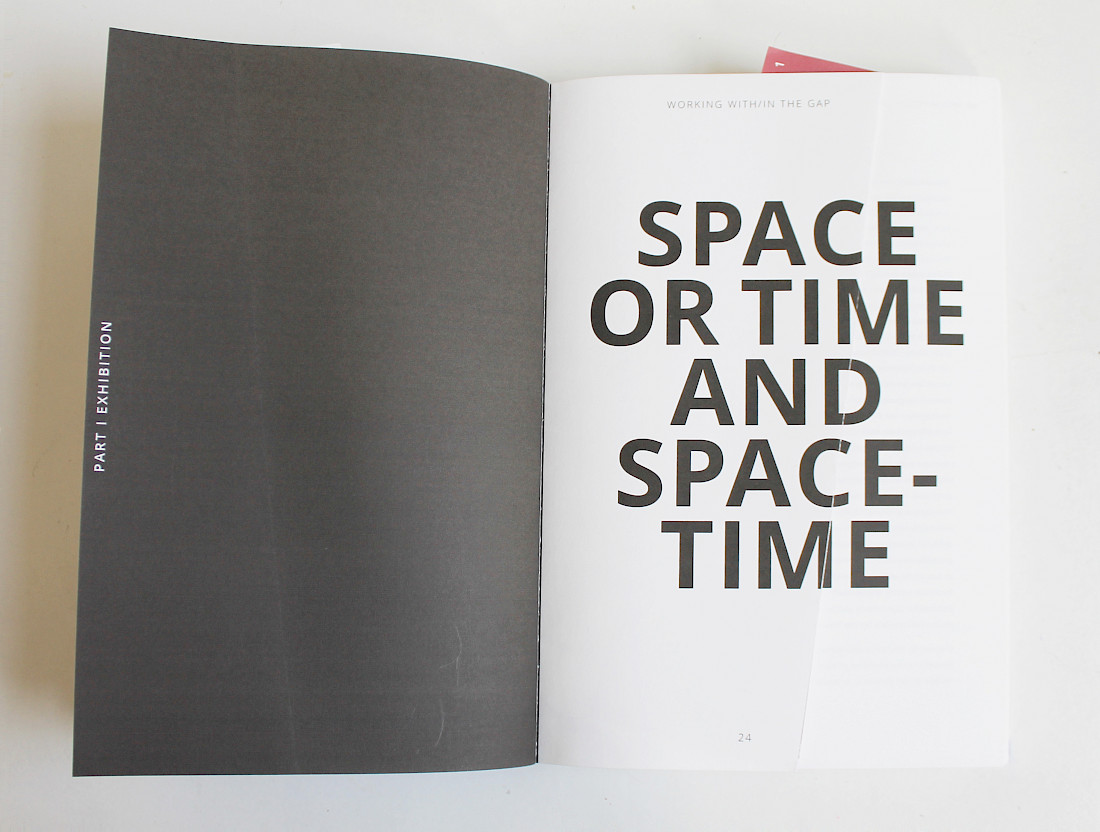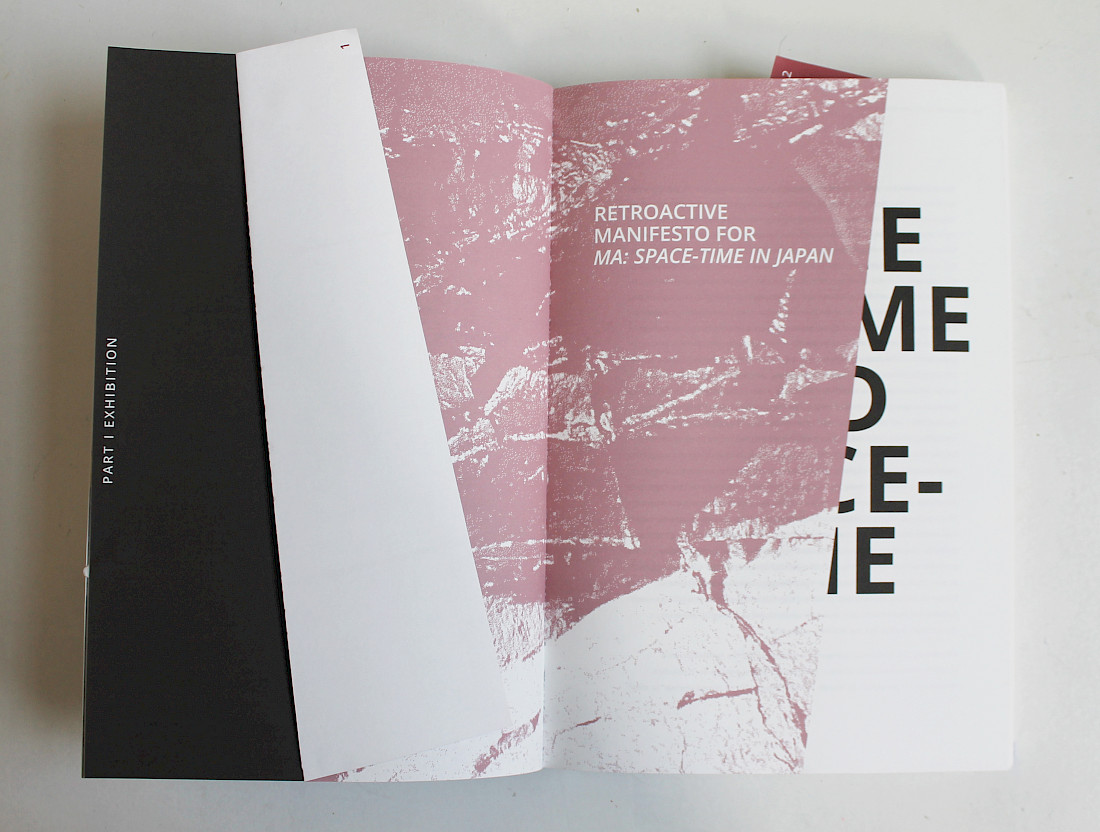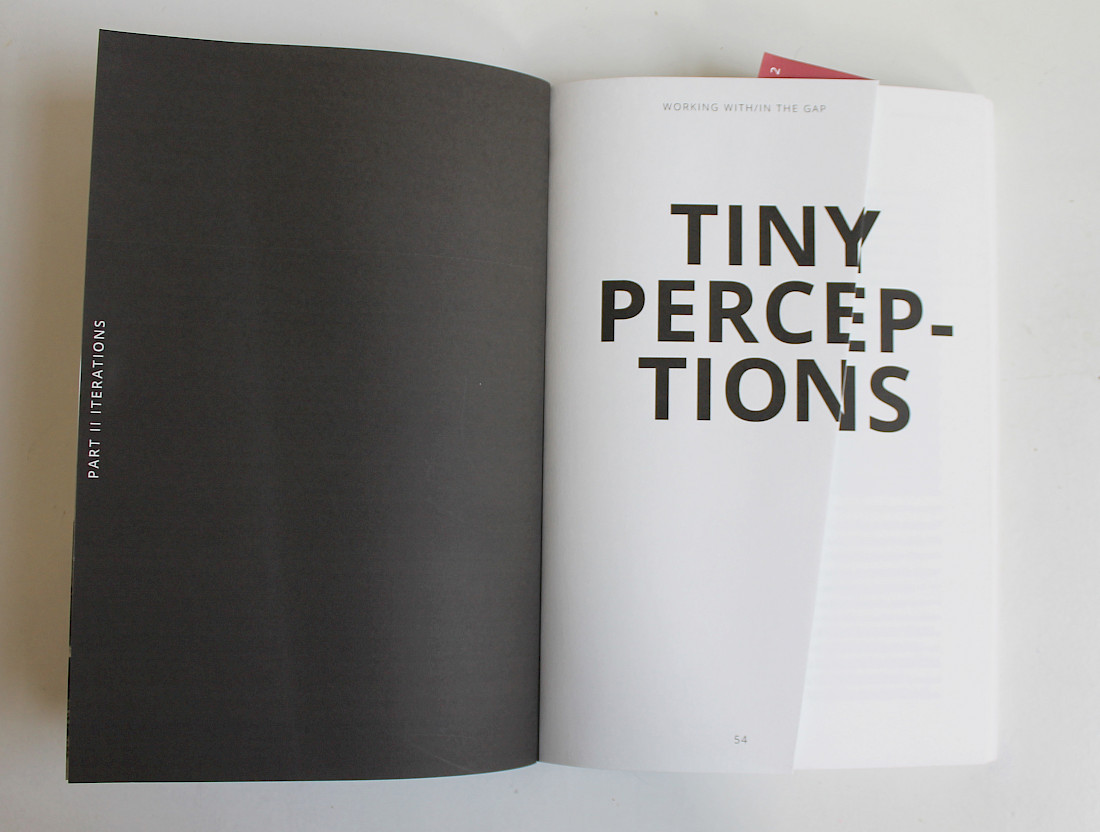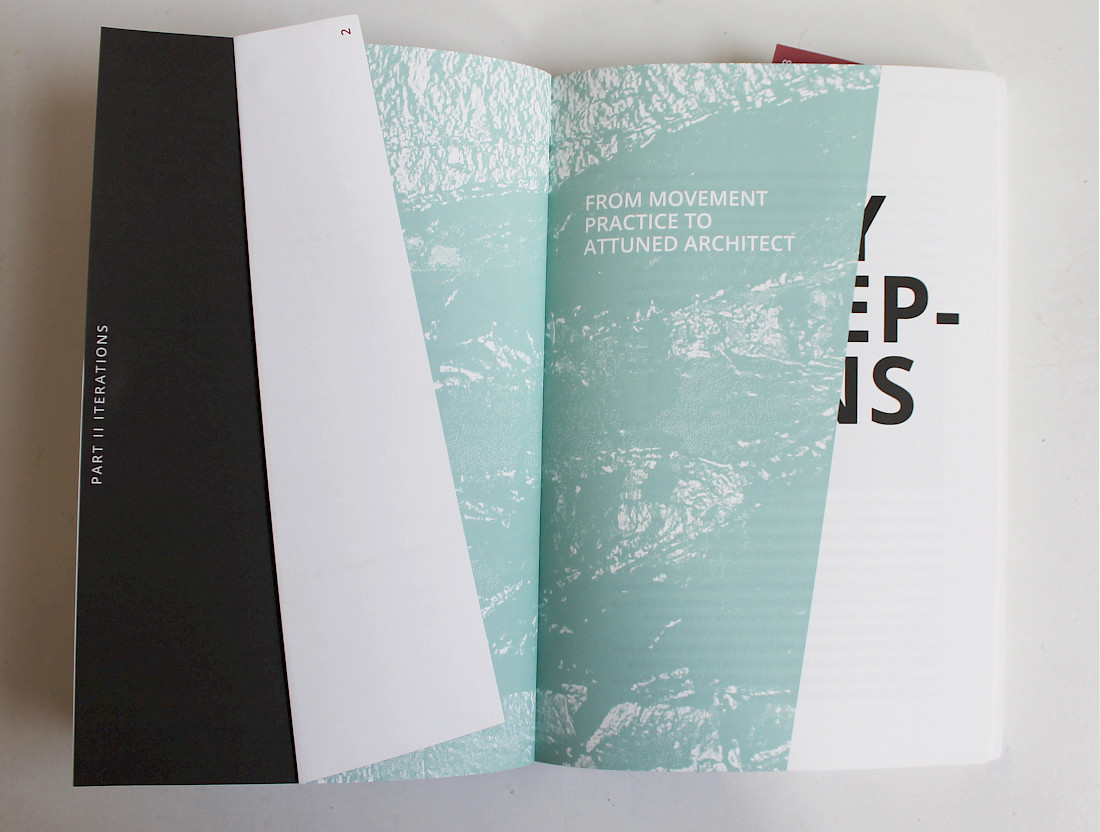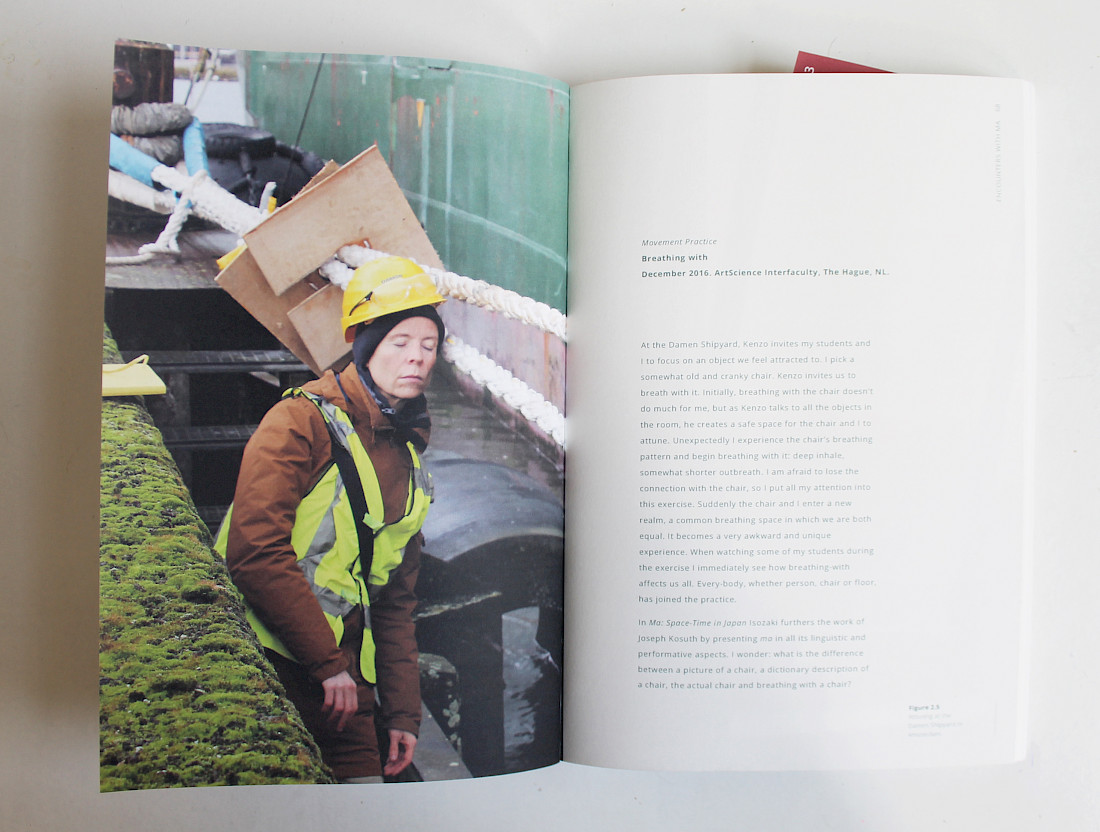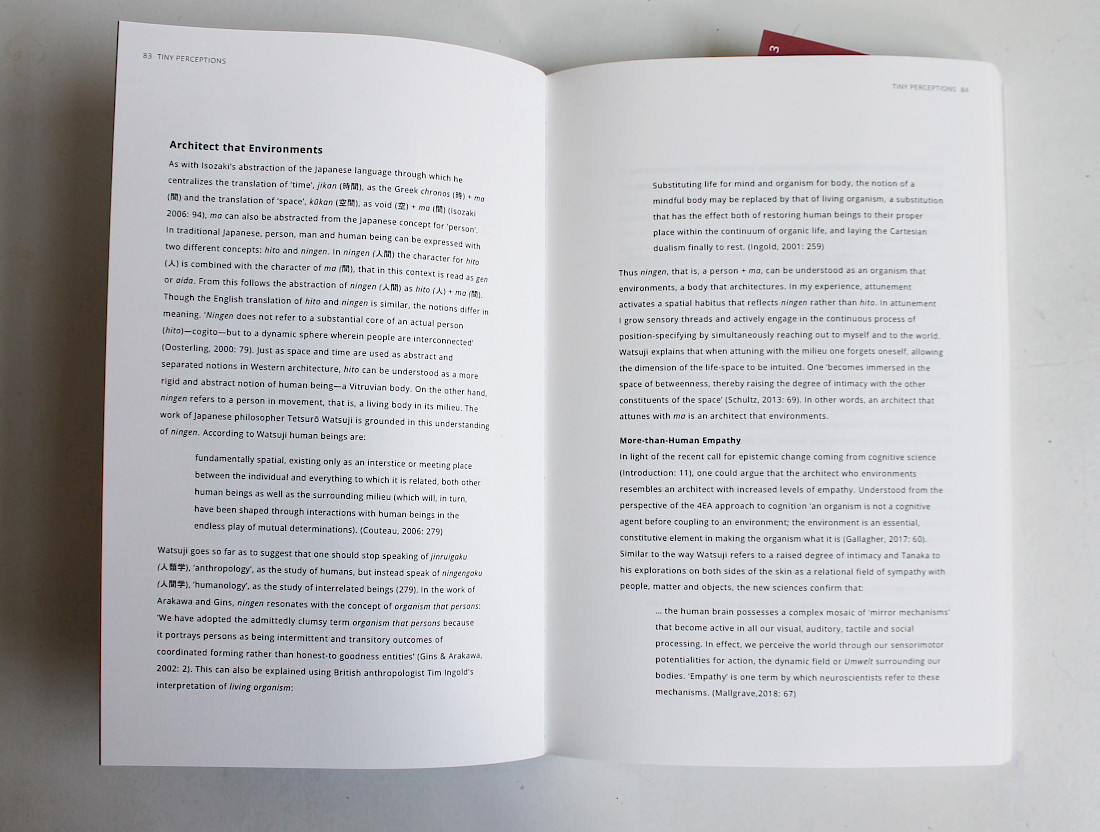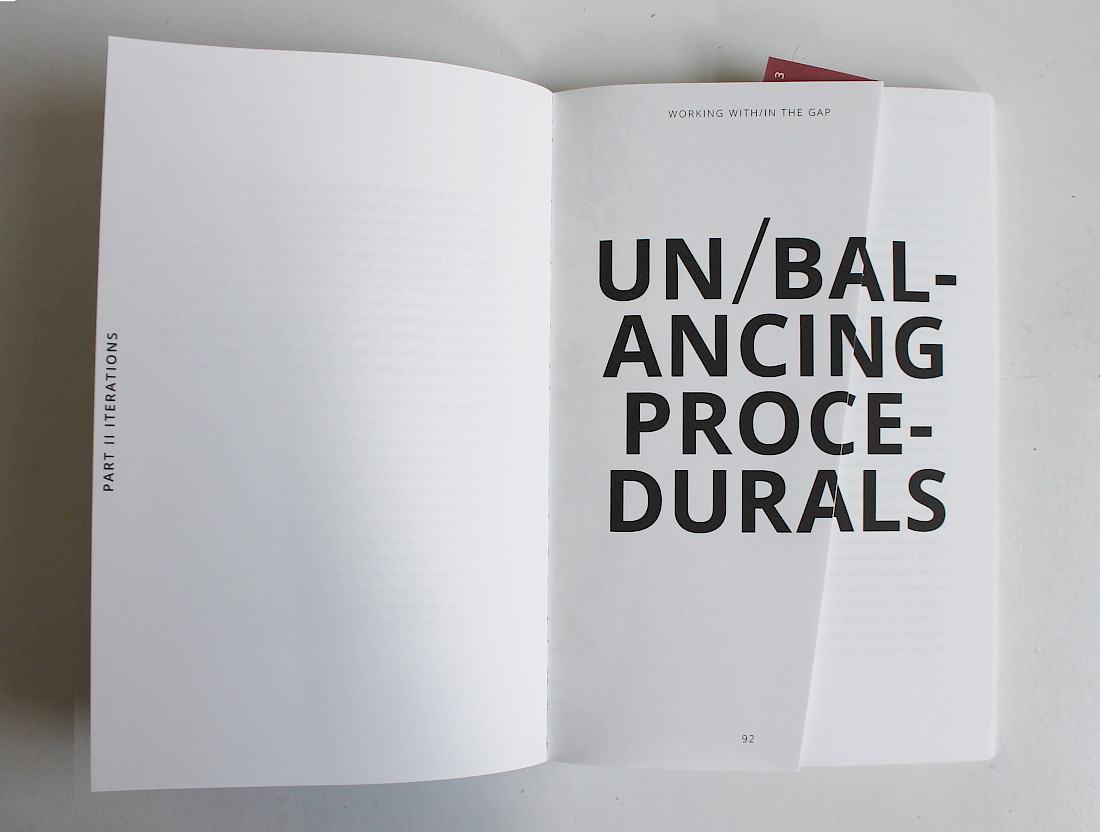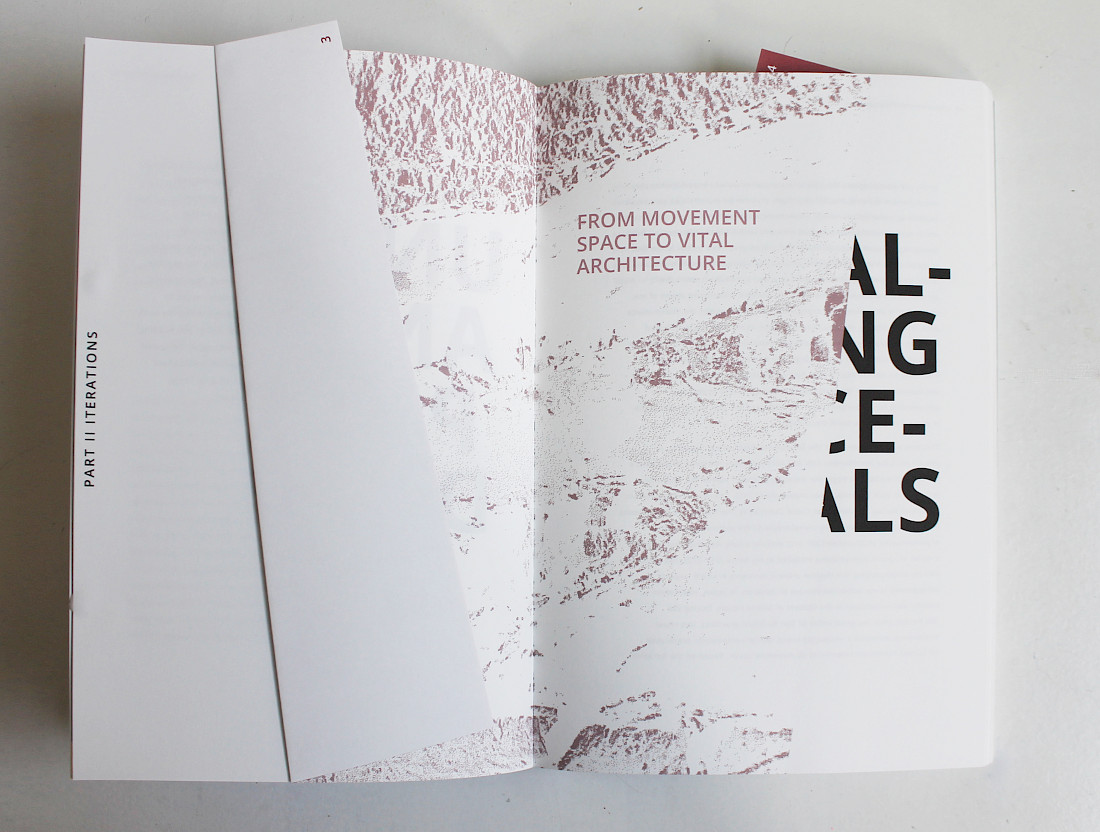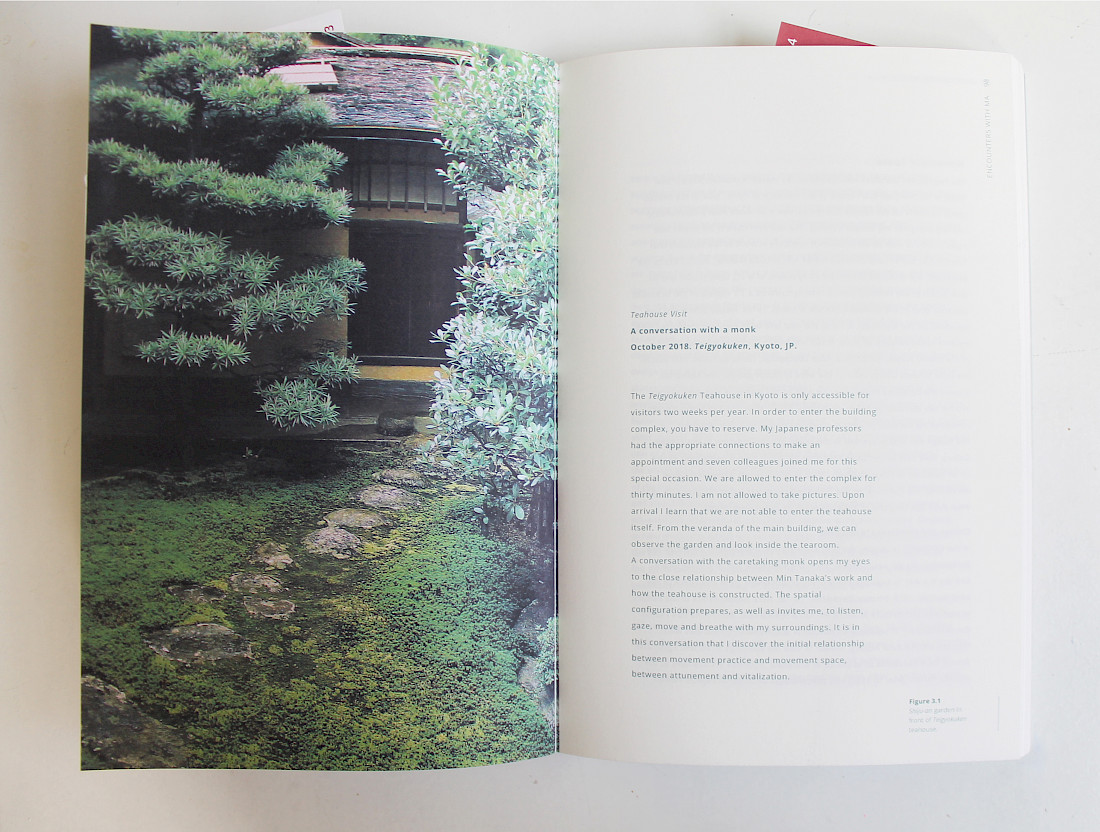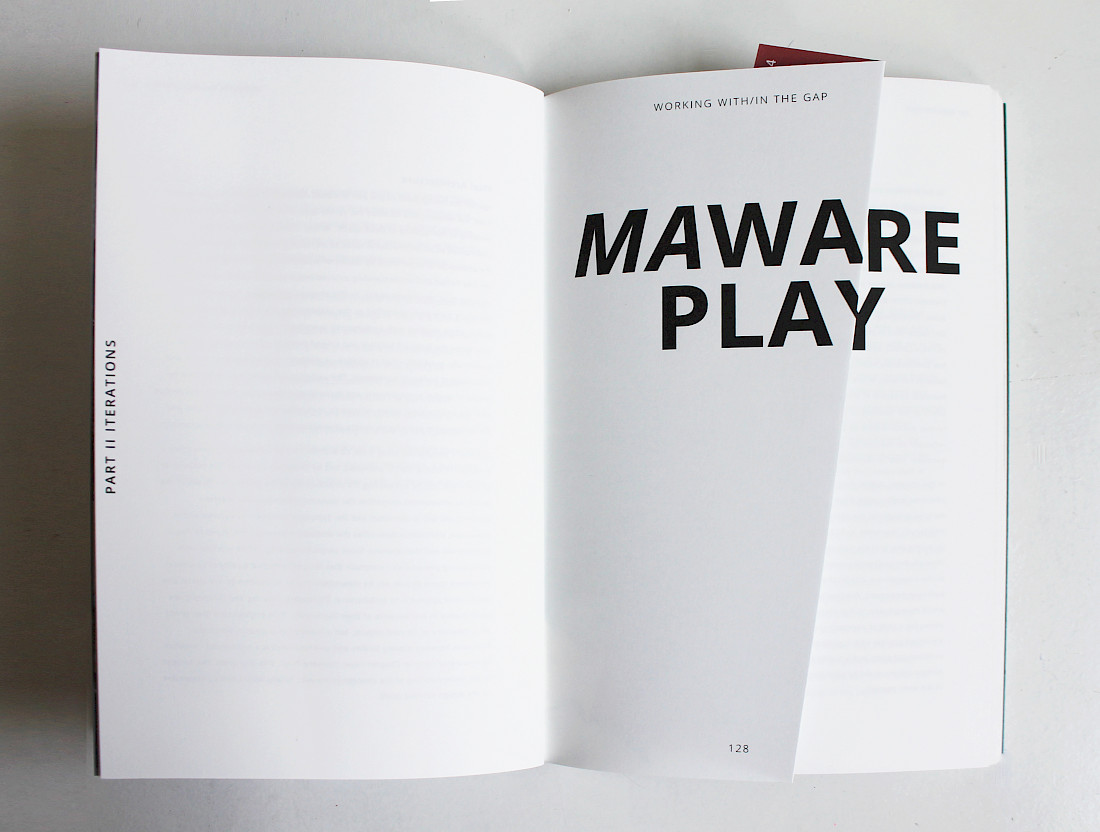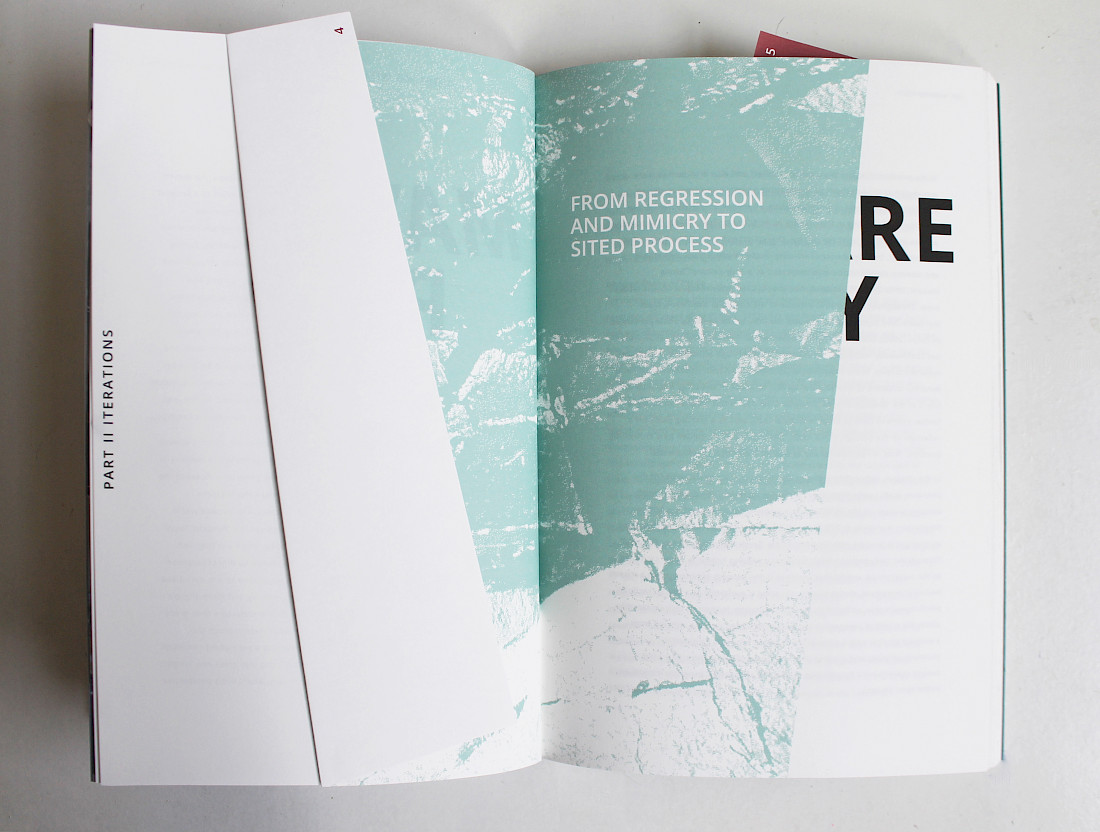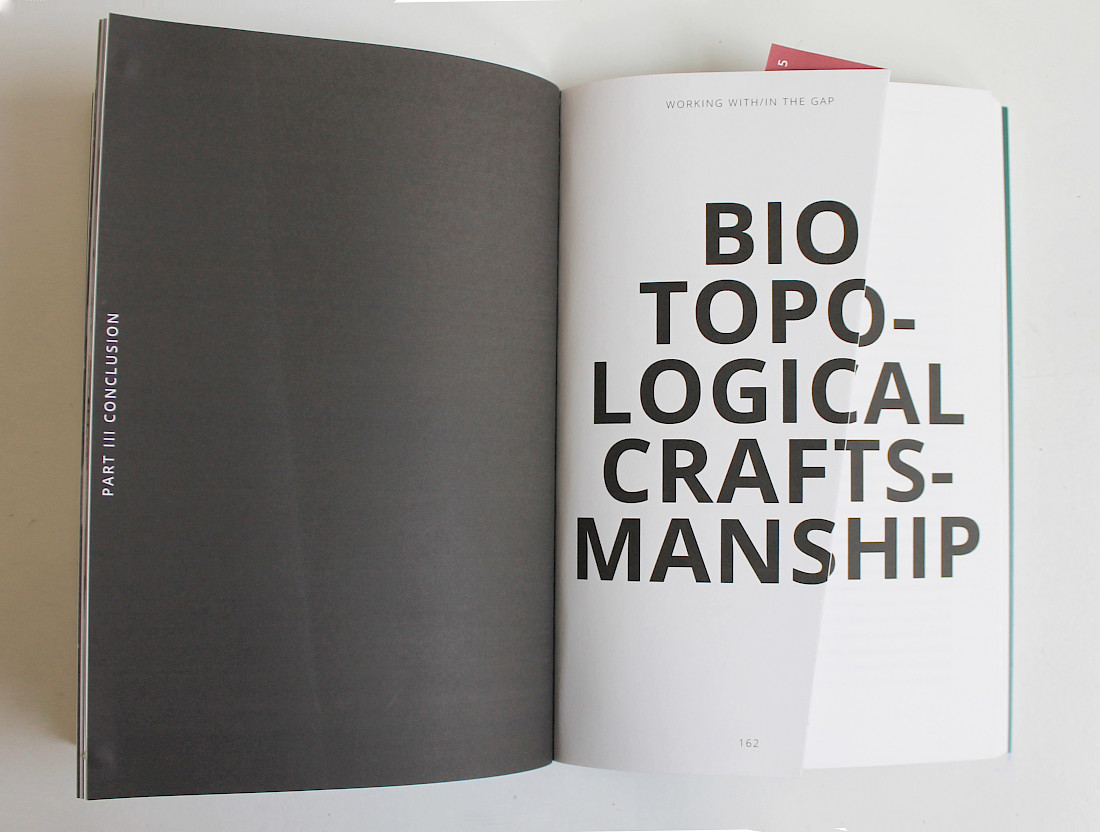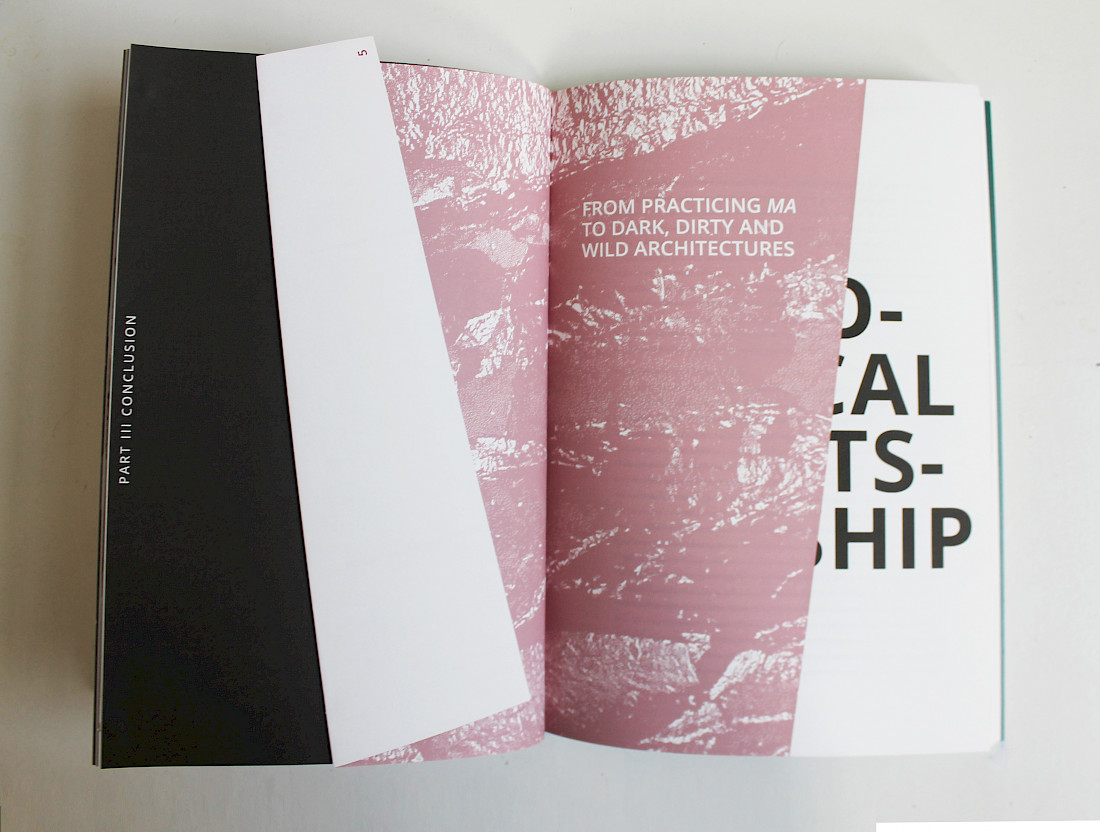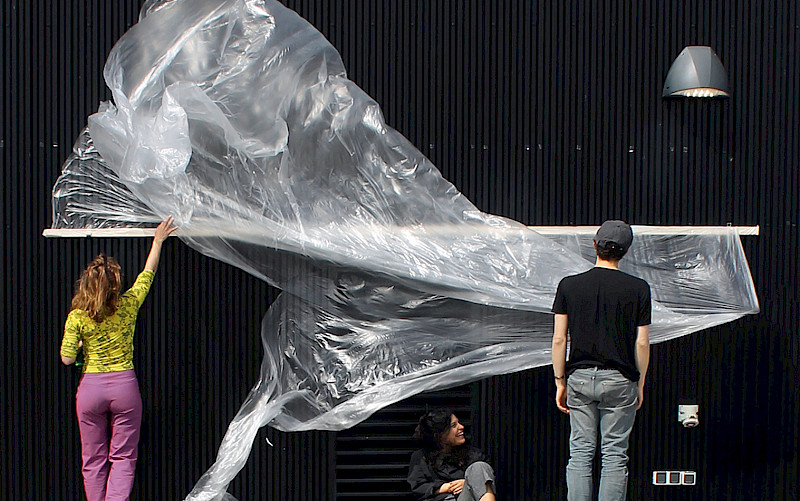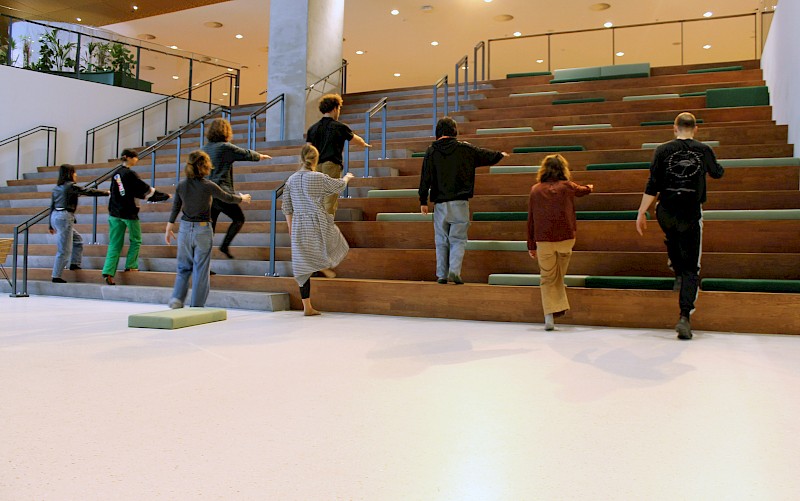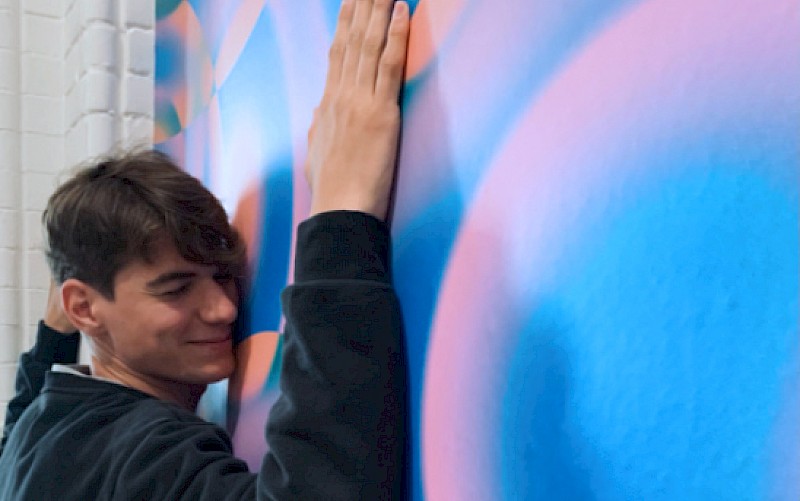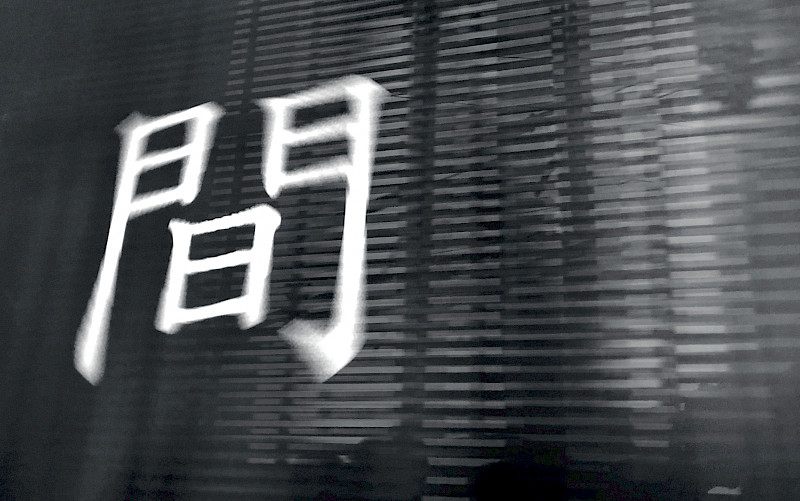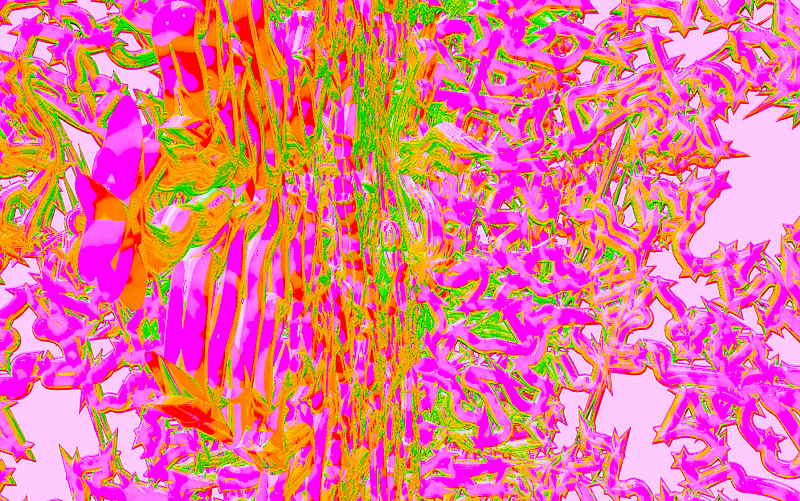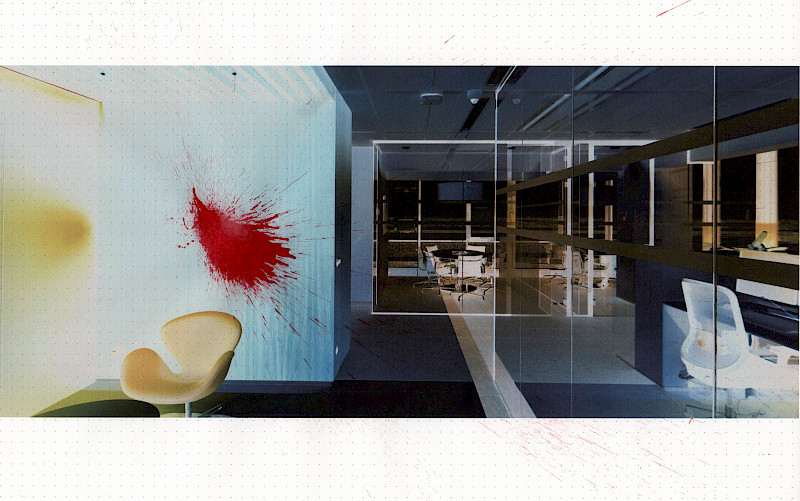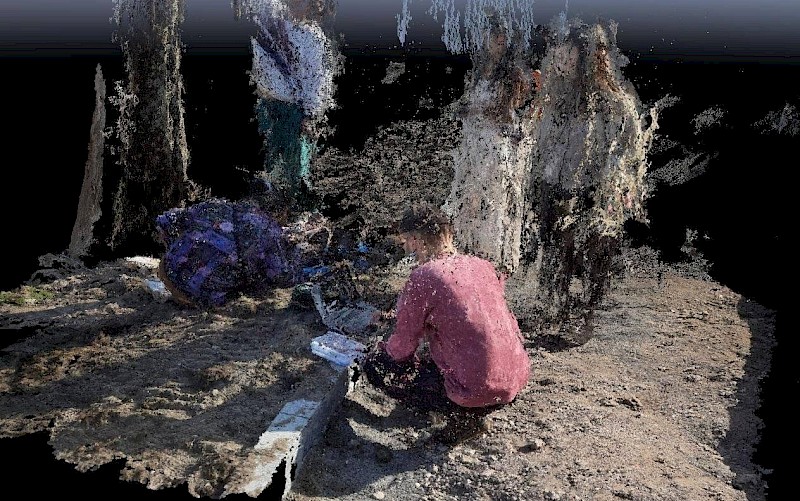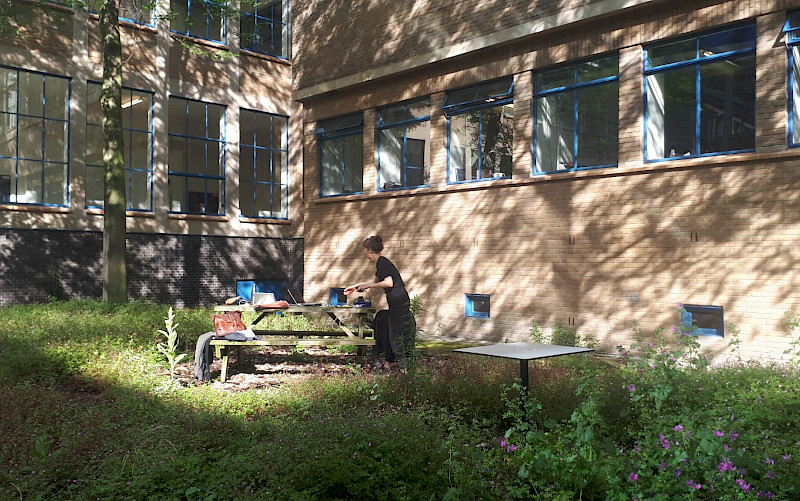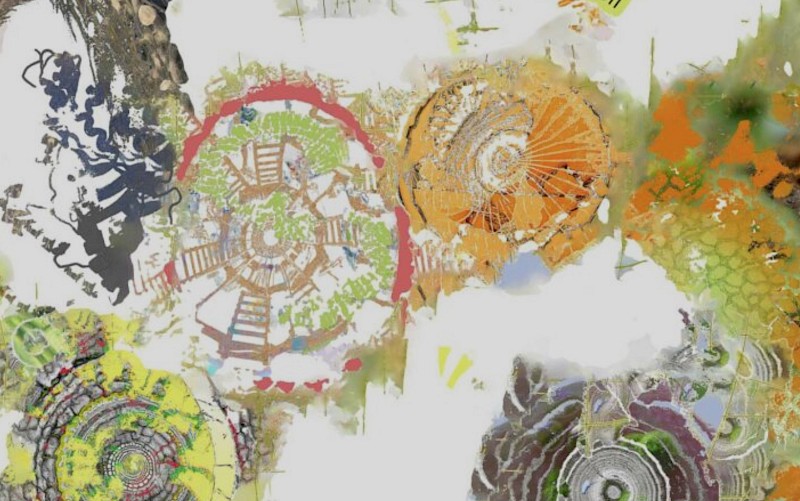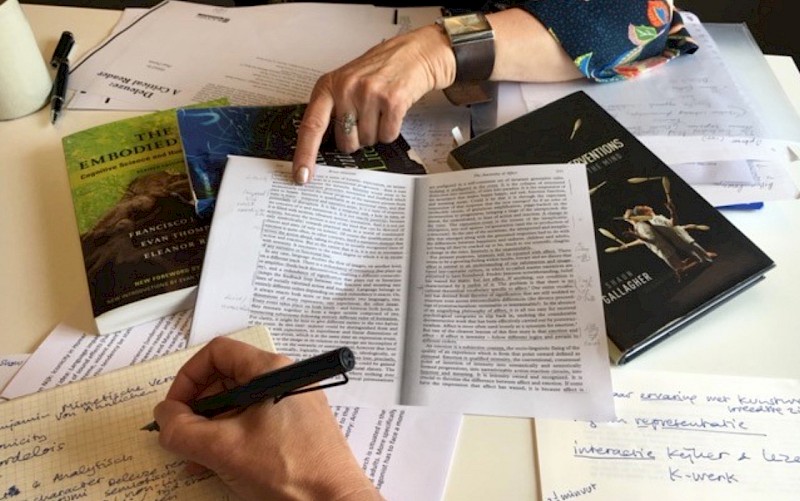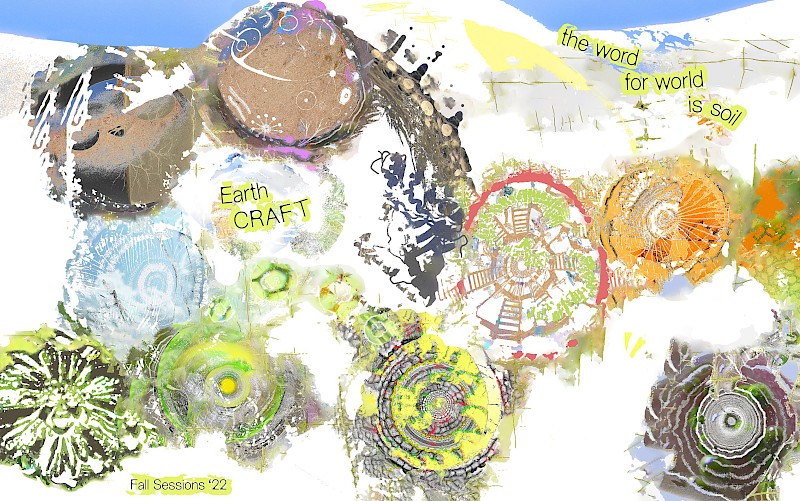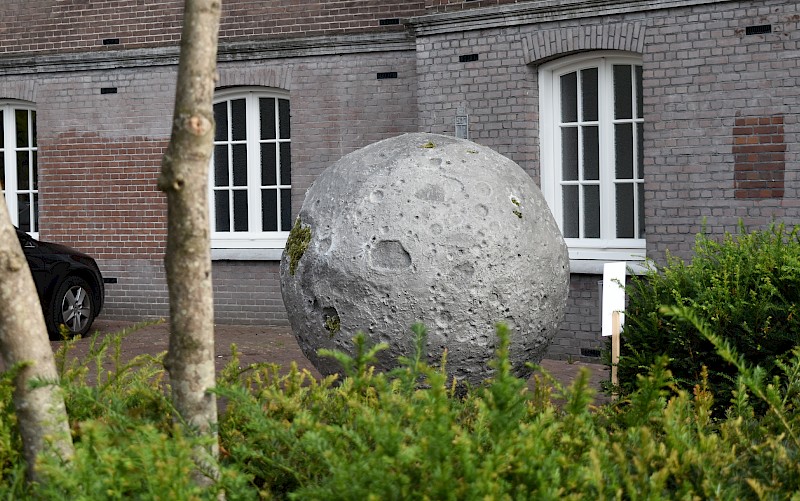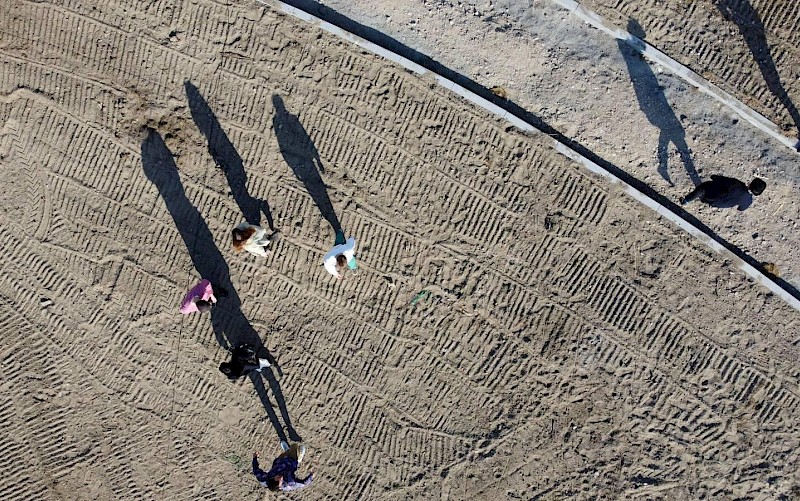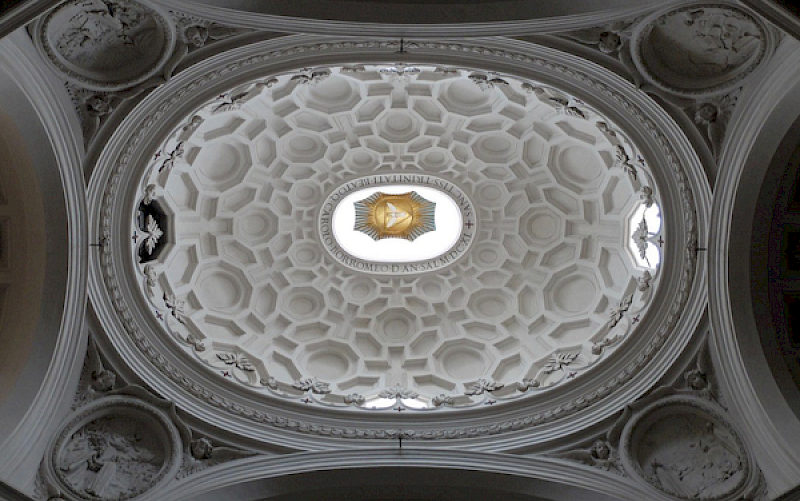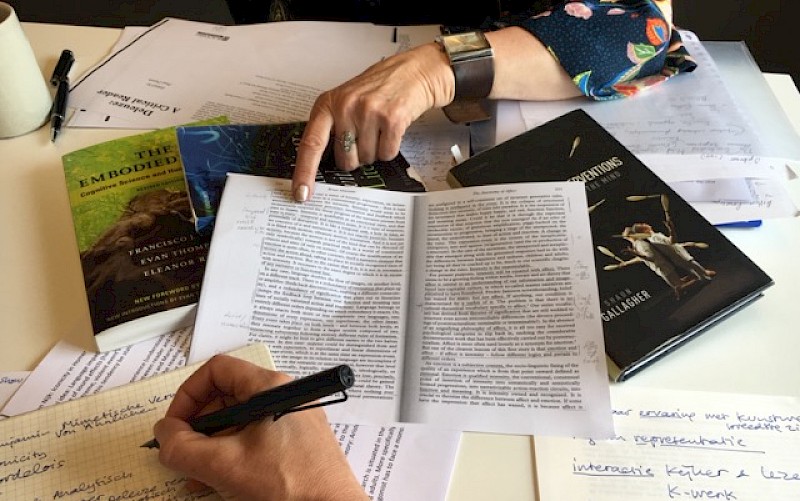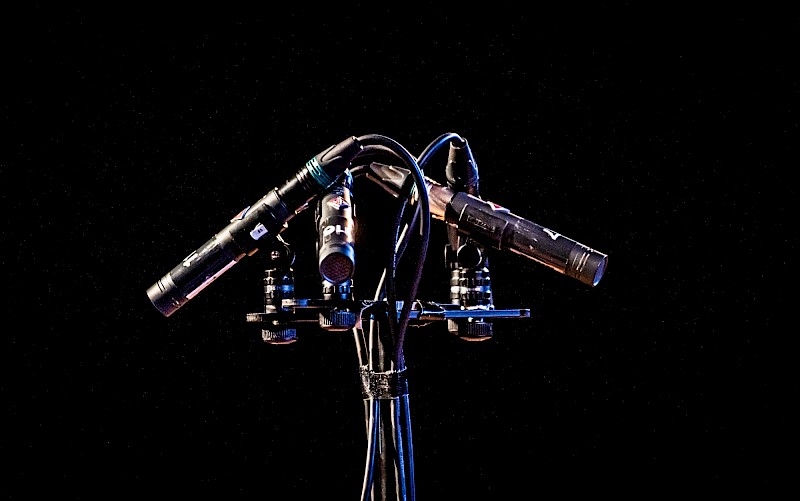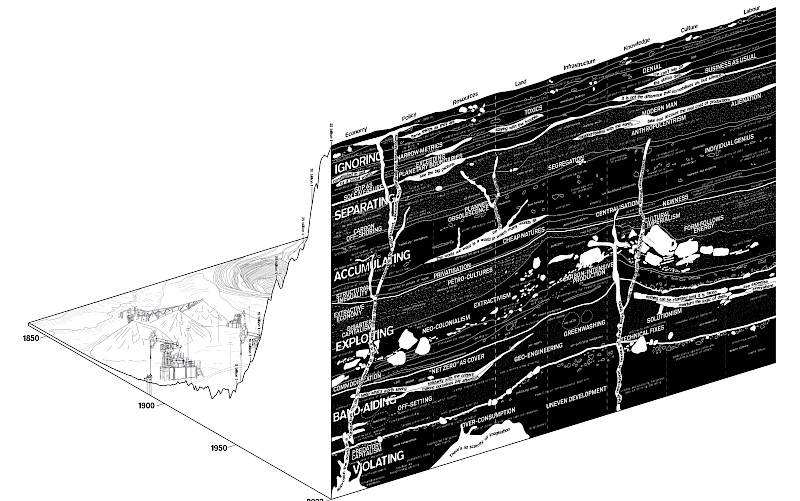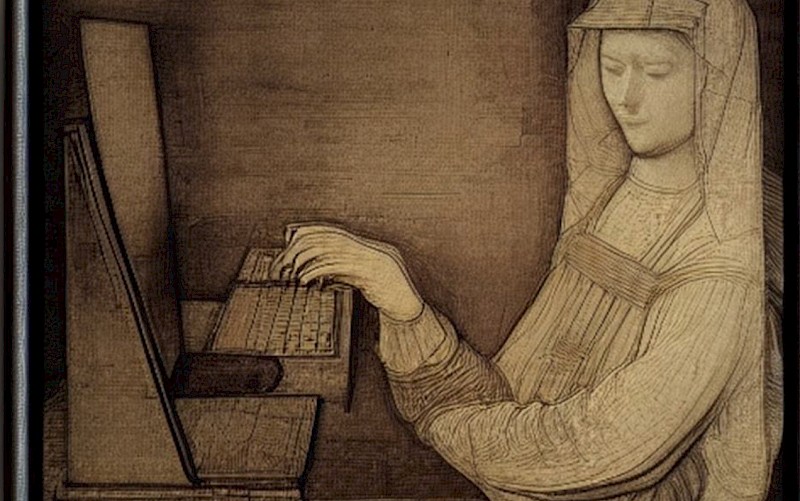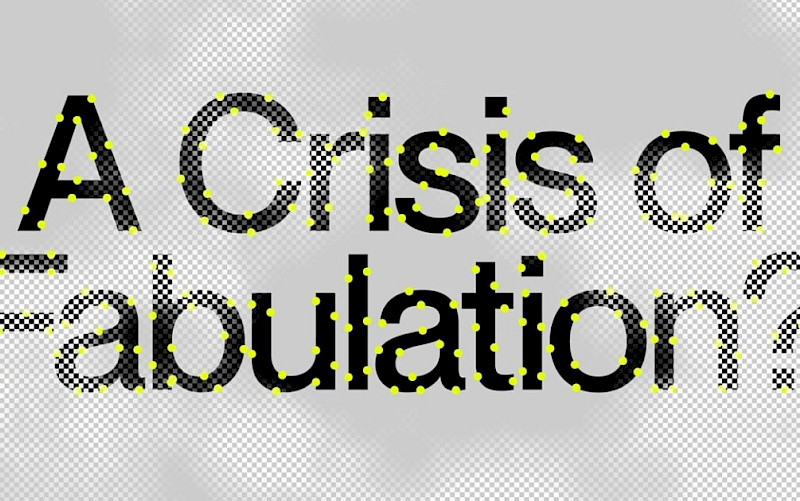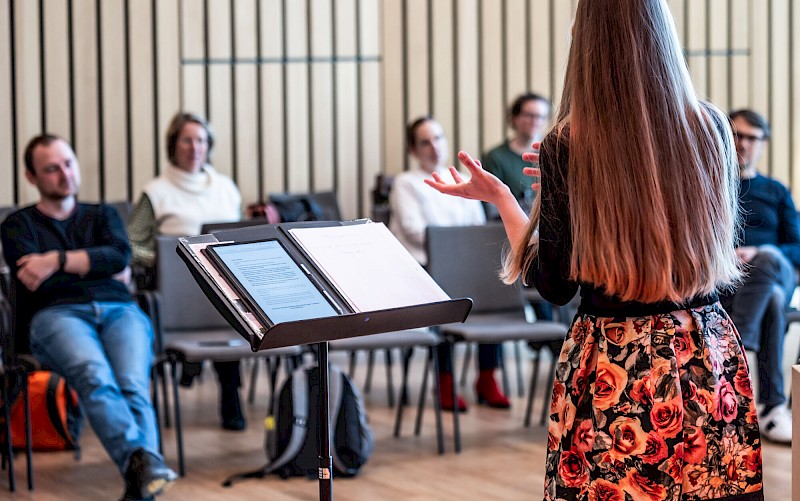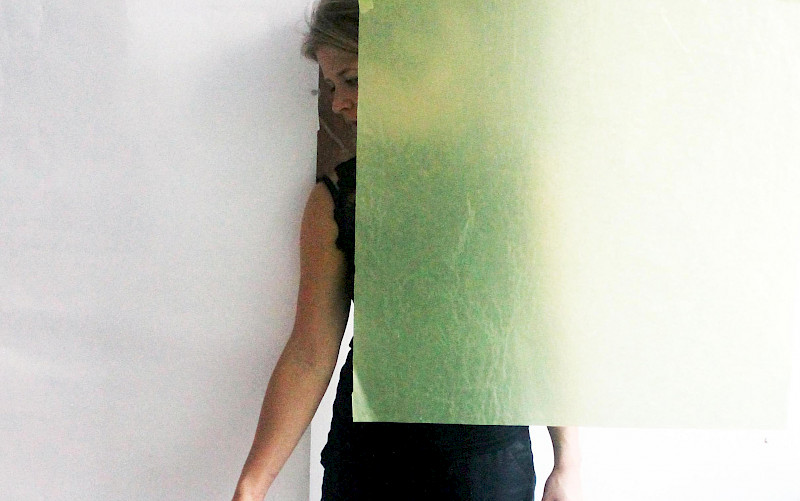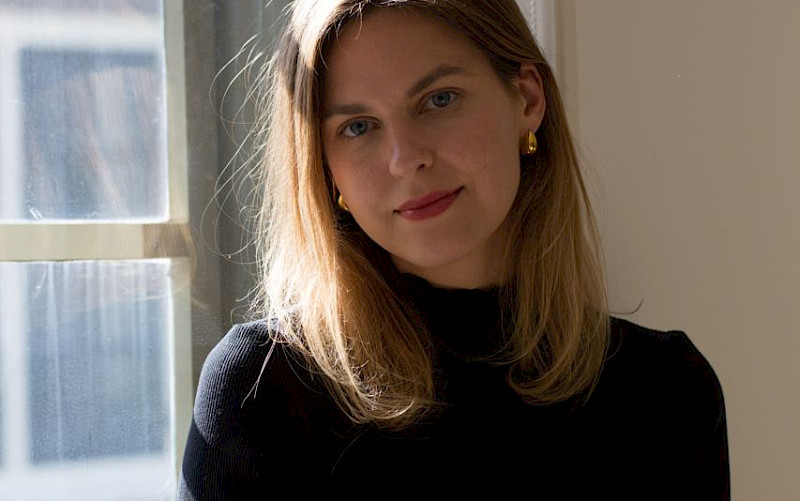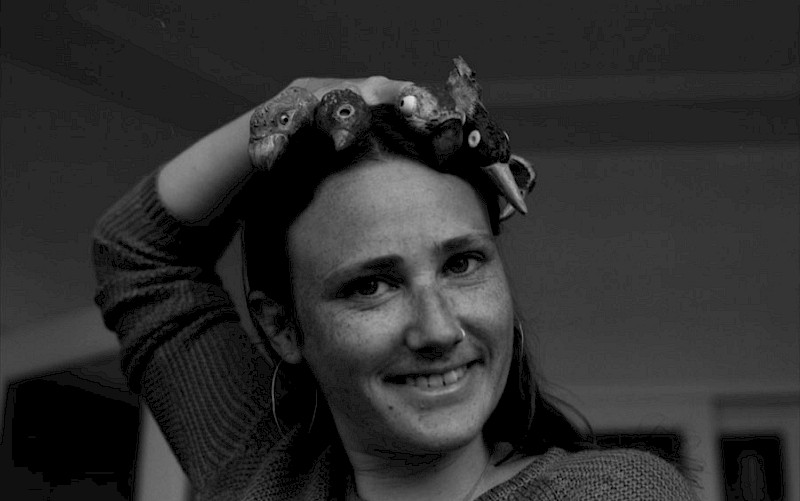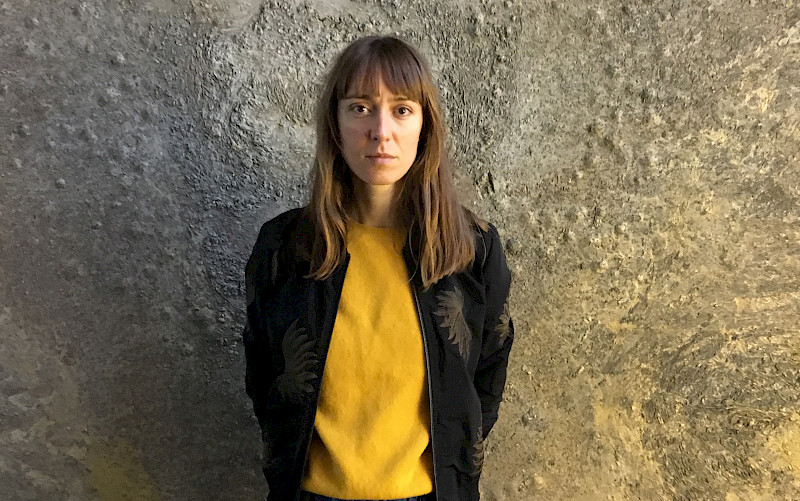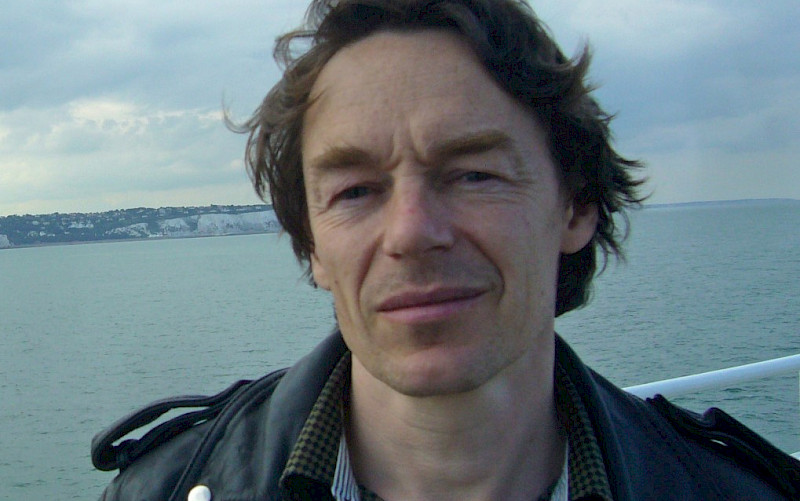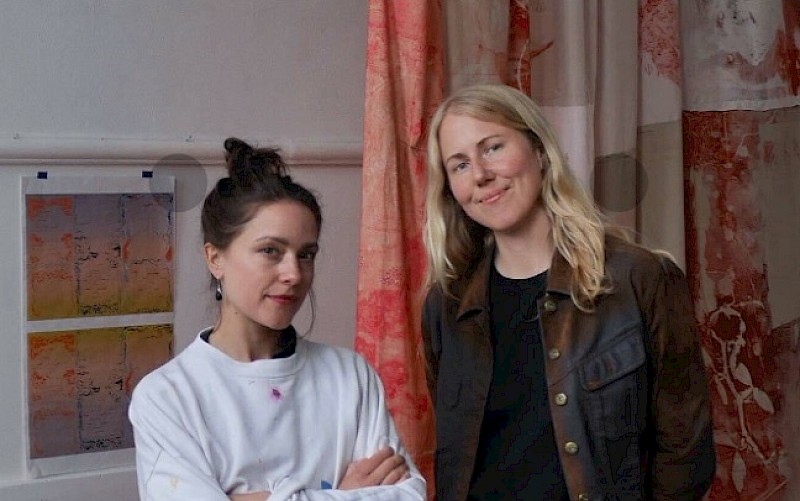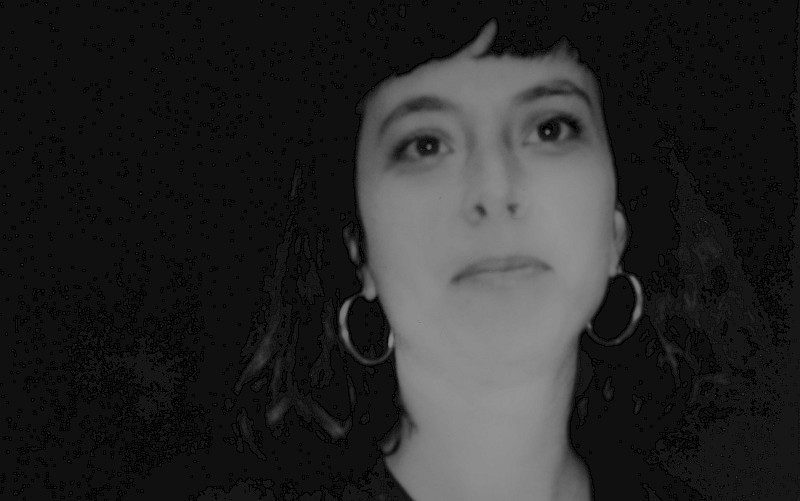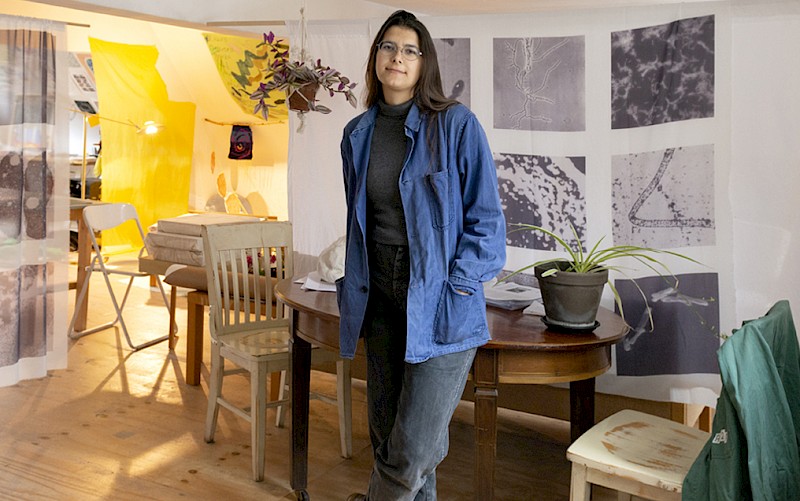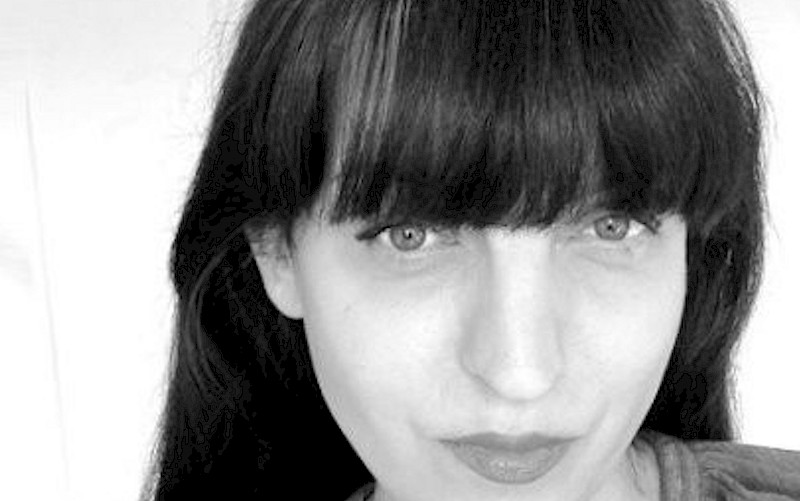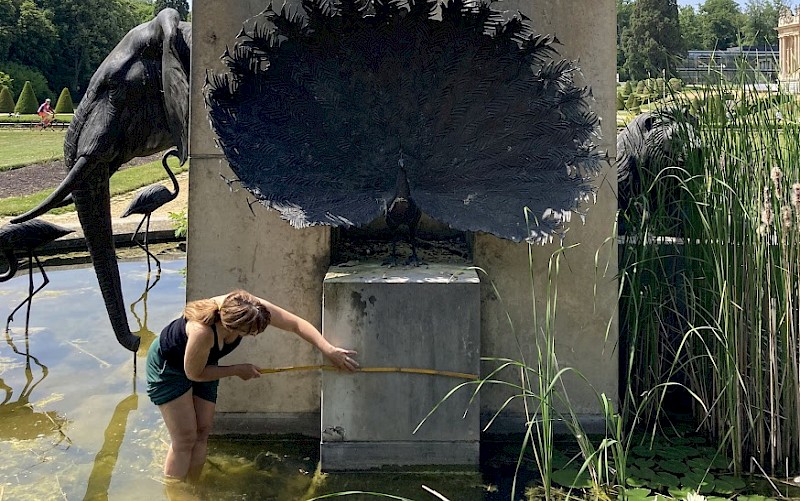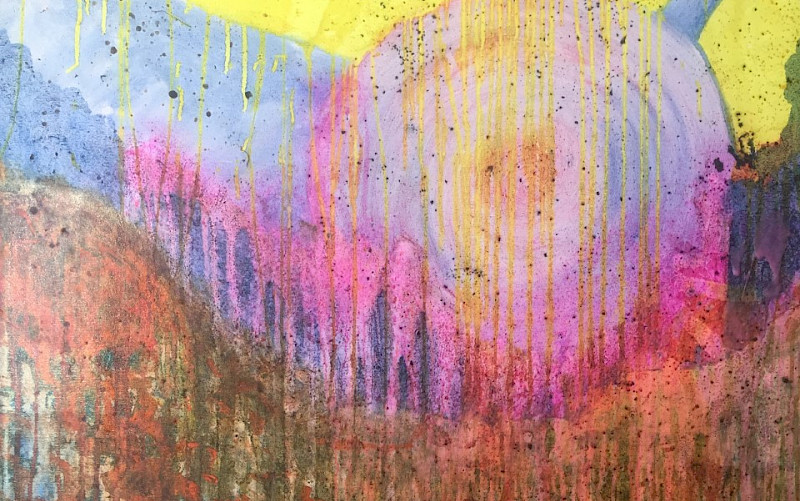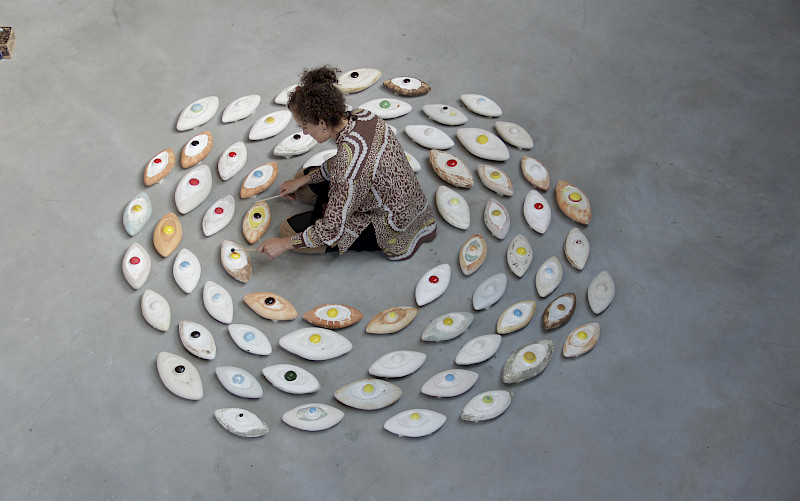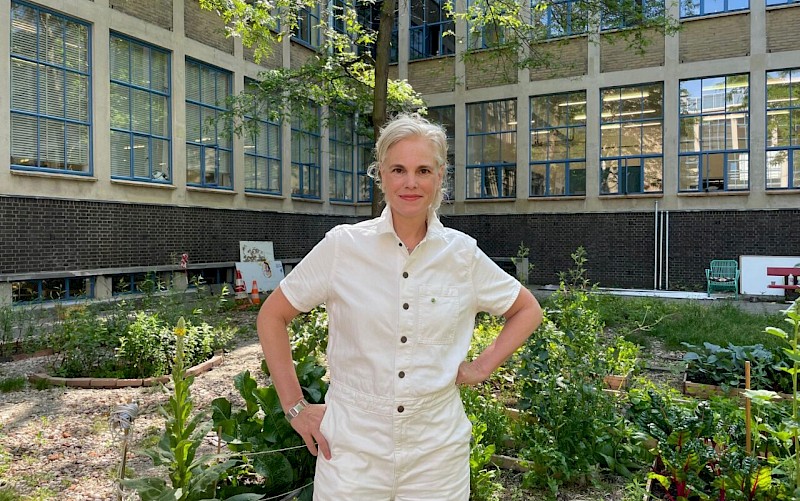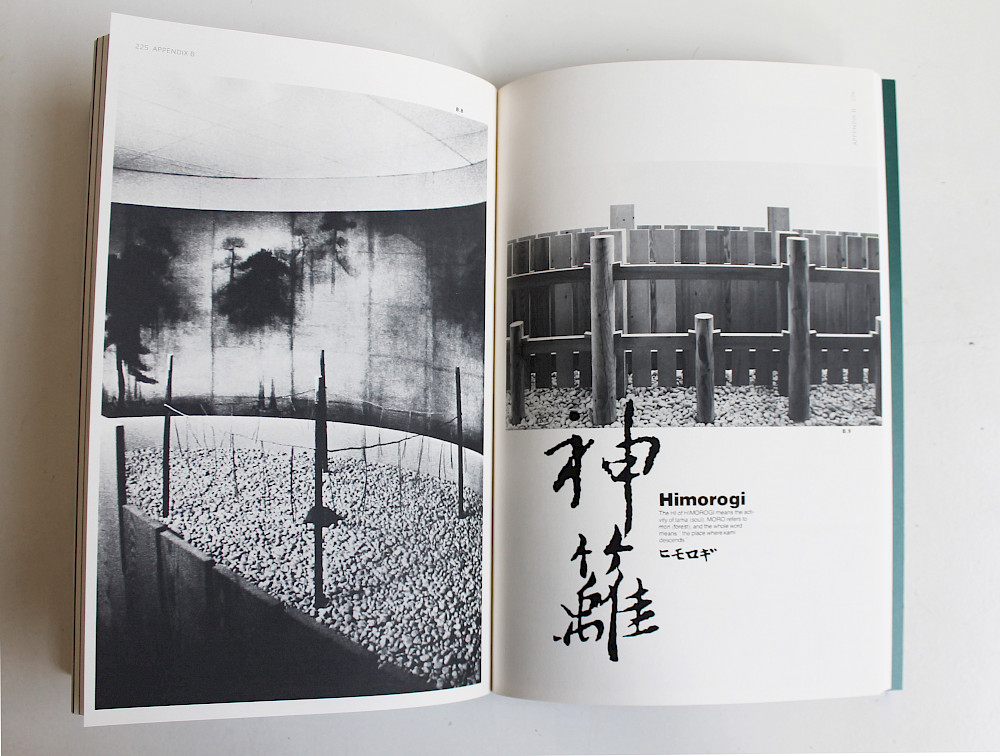
Working With/In the Gap
Working With/In the Gap is a doctoral research project by Renske Maria van Dam, conducted in collaboration with the Radical Materiality Research Group at KU Leuven (BE), and part-time sponsored through the University of the Arts, The Hague.
Description of the practice-based research
In this practice-based research architectural habit(at)s that approach space in terms of objects are recast through the lens of Japanese architecture. In contrast to the conceptualization of architecture as material and constructive, Japanese architects foreground movement and performativity. In Japan space does not figure as empty distance between objects, but is experienced and understood as a sensorially charged field that emerges from and within movement. Such ‘full emptiness’ is articulated through the Japanese concept of ma.
At heart this project presents a collection of close ‘encounters with ma’. Based on reactivation of (parts of) the exhibition Ma: Space-Time in Japan, designed by Japanese architect Arata Isozaki in 1978, the potential of the architectural ‘practice of ma’ is studied in correspondence with a recent call from the cognitive sciences emphasizing the centrality of the moving body to the experience of architectural space. Shifting focus from an architecture of objects to an architecture of reciprocity, this project explores the potential of a cross-pollinated spatial habitus at the intersection between Western and Eastern spatial practices.
As a record of the reactivation process, the research resulted in the pre-publication Working With/In the Gap: Japan-ness in Architecture of Experience (2021). The writing and visual documentation in this dissertation-as-catalogue summarize the experiential insights as spatial tactics: to become an attuned architect guided by tiny perceptions, to construct vital architecture motivated by un/balancing procedurals, and to engage in a sited design process informed by (m)aware play. In conclusion, biotopological craftsmanship is introduced to provide a frame for this spatial habitus in which the focus on the architectural object, material and construction goes hand in hand with a focus on space, performativity and movement. This cross-pollinated approach to architecture works in the pursuit of a life-affirming and animistic-emphatic approach to spatial research, practice and pedagogy.
‘… between interior and exterior, between artificial and natural, between object and empty space, between truth and falsehood—if we cut open these intermediate zones, give them spatial form and make them into something we can experience, our world will undoubtedly be richer for it.'
(FOOTNOTE) Fujimoto, S . ( 2010). A few brief words about ‘ ’boundaries’’. In K. Kuma ( Eds.), Kyokai: A Japanese technique for articulating space (128-133). Kyoto, Japan: Tankosha.

